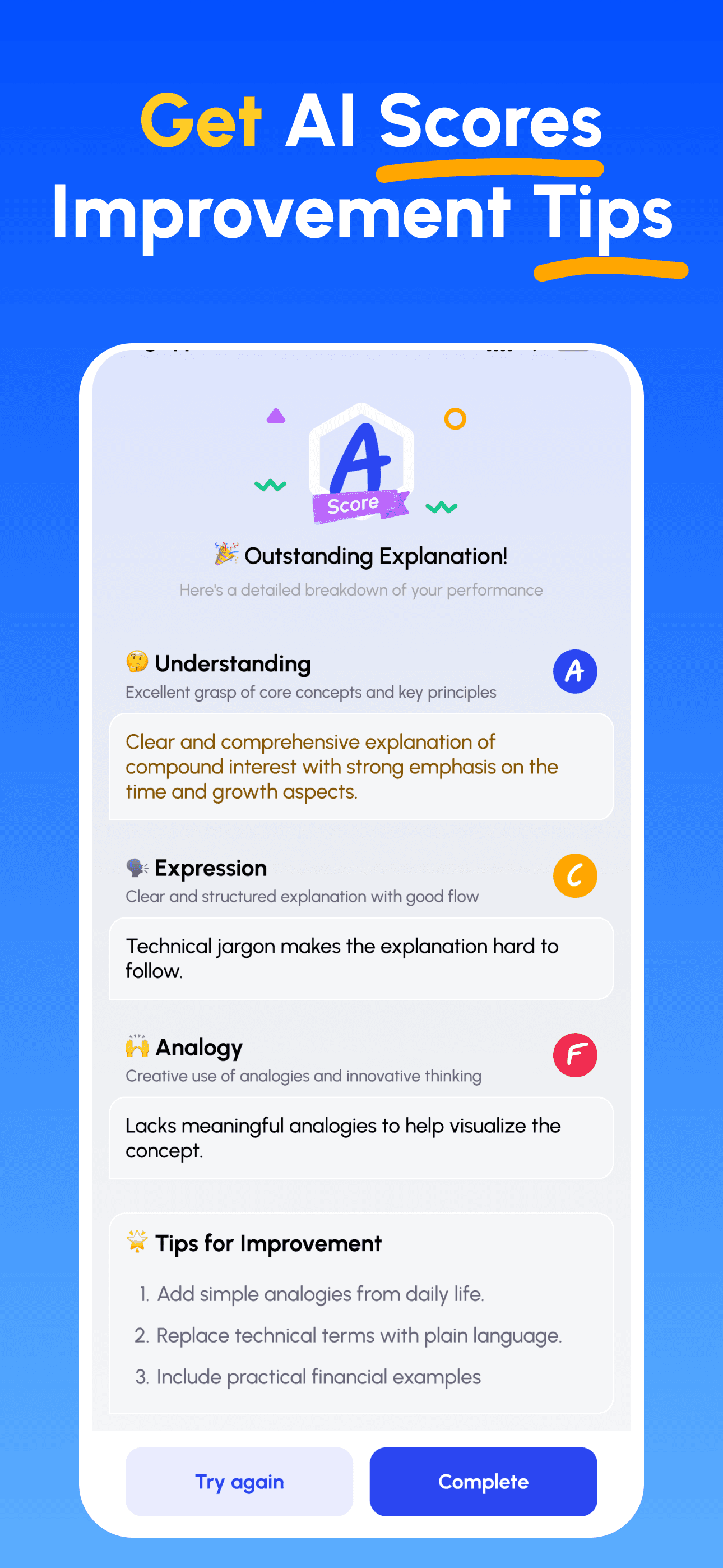Test des Preuves (Proof Testing)
Proof testing is like checking if a bridge can hold weight before letting cars drive on it, ensuring it works correctly.
Introduction Brève
Proof testing, in software, is a way to check if a system or part of a system truly meets its intended purpose and requirements. Think of it as a trial run under controlled conditions. It's used to identify potential weaknesses or failures before the software is released to users, similar to how engineers rigorously test prototypes.
Explication Principale
Purpose Verification
Proof testing makes sure the software does what it's *supposed* to do. It's not just about finding bugs; it's about confirming that the software satisfies its core objectives. For example, if a shopping app is supposed to add items to a cart, a proof test confirms this functionality works as expected under normal usage.
Controlled Environment
Tests are conducted in a controlled environment, mimicking real-world conditions as closely as possible. This helps isolate variables and accurately assess the software's performance. Imagine testing a self-driving car on a simulated road before letting it loose on actual streets.
Requirements Traceability
Proof testing often involves tracing test cases back to specific requirements. This ensures that all requirements are thoroughly tested and validated. If a requirement states that 'the system must handle 100 concurrent users,' the proof test will demonstrate the system's ability to do so.
Documented Results
The results of proof tests are carefully documented, including successes, failures, and any anomalies observed. This provides valuable insights into the software's behavior and guides future development efforts. It's like keeping a detailed logbook of a scientific experiment.
Exemples
- Imagine you're baking a cake 🎂. Proof testing is like making a small test batch before baking the whole cake for a party. You check if the recipe works, if the oven temperature is right, and if the taste is good.
- Think of a new smartphone 📱. Before it's sold to the public, the manufacturer does extensive proof testing to make sure the battery lasts as long as promised, the camera takes good photos, and the screen doesn't break easily when dropped.
- Consider a new online banking system 🏦. Proof testing involves simulating a large number of customers logging in at the same time to see if the system can handle the load without crashing or slowing down. It's like testing if the bank's doors are wide enough to handle a rush of people on payday.
Maîtrisez Toute Matière en 3 Étapes Simples
- Choisissez Votre Objectif d'Apprentissage: Sélectionnez parmi des centaines de concepts en sciences, commerce, lettres et compétences professionnelles. Décomposez des sujets complexes en parties gérables.
- Apprenez en Enseignant: Utilisez notre plateforme alimentée par l'IA pour expliquer des concepts comme si vous enseigniez à d'autres. Découvrez et comblez instantanément vos lacunes.
- Recevez des Conseils d'Expert par IA: Obtenez des retours immédiats et détaillés sur votre compréhension, la clarté de vos explications et vos compétences d'application pratique.
- Revoir les scores & améliorer: Suivez des conseils ciblés, affinez votre explication et itérez jusqu’à pouvoir l’enseigner simplement.
Téléchargez Feynman AI maintenant
Commencez votre parcours vers une meilleure communication dès aujourd'hui !




